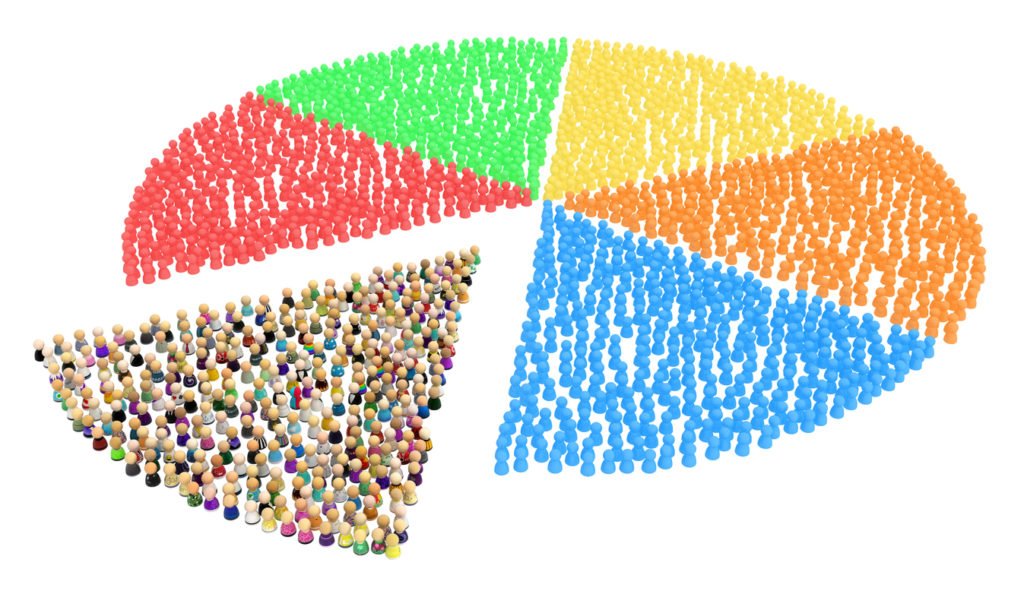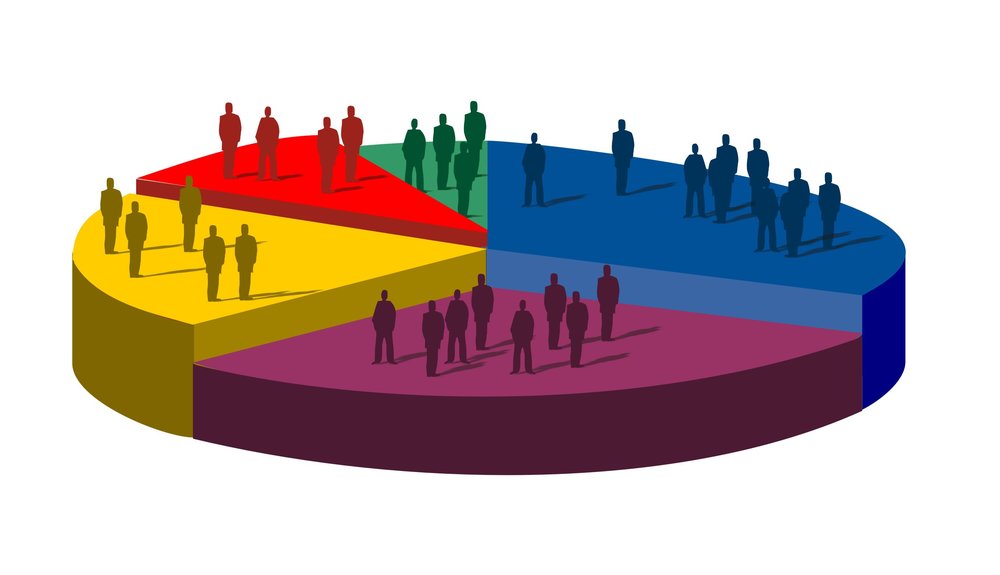What are Demographics?

Demographics is a study of demography based on such variables as age, ethnicity, and sex. Demographic data refers to statistically articulated socio-economic statistics, which include work, schooling, wages, marriage rates, rates of birth and death, and more. Governments, corporations, and non-governmental organizations use demographics to learn more about the characteristics of a population for many purposes, including policy development and research into the economic market.
Here are nine things you should know about demographic trends and indicators.

1. Populations and sub-populations can change through three processes: fertility (number of children women have), mortality (number of deaths) and migration (movement of people from a place of origin to a destination across pre-defined political boundaries). Demography is the statistical study and those shifts in human populations.
2. Fertility replacement level is the fertility level at which a population is exactly replacing itself from one generation to the next. Replacement level fertility in developed countries, such as the United States, may be taken as requiring an average of 2.1 children per woman. That means 100 women will bear 211 children, of whom 103 will be females. Approximately 3 percent of the live female infants are expected to die before they give birth to children, creating 100 women in the next decade. However, the annual number of births may need to be even higher in countries with high infant and child mortality rates.
3. The total fertility rate is the number of children that a woman would be born if she were to survive to the end of her childbearing years and bear children according to the age-specific fertility rates. The fertility rates for the countries with the highest population from 2008-2012 were: China (1.6); India (2.6); USA (1.9); Indonesia (2.1); Brazil (1.8).
4. Among Western, industrialized countries, fertility rates began to decline among 1968 (oral contraceptives, first adopted in 1960, had become widely used by then). By 1975, each Western First World nation stood below the rate of replacement. Massive decreases in fertility spread worldwide over the course of the next two decades: the global fertility rate was 6.0 in 1979; it is now 2,52 and still decreasing.
5. Many demographic models suggest that we are at “peak boy” right now, that is, the world currently has about 2 billion children and that number is likely to decline over time, not increase. Because of this, the world population will plateau before rising to 10 billion.
6. In the United States, for the first time ever, the largest population group— whites who are not Latino — has reported more deaths than births last year. An additional 12,400 more white Americans have died than they were born between July 2011 and July 2012. (The number of whites was still slightly increased last year, as immigrants more than accounted for the difference between birth and death.)Demographers have long anticipated that deaths would eventually outpace births among the non-Hispanic white population, but they did not expect it until the end of the decade.

7. Sub-replacement fertility rates can affect everything from marriage to sex trafficking to global conflict in a wide range of ways. Demographic forecasts, for example, indicate that more than 25 percent of Chinese men in their late 30s will never have married by 2030. As demographer Nicolas Eberstadt points out, “The coming marriage pressure is likely to be even more acute in the Chinese countryside, as the poor, uneducated and rural communities are more likely to lose out in the bridal market. Beijing will have to decide how it will deal with a growing demographic of young men who are single, underprivileged, and probably deeply unhappy.
8. Countries can reduce low fertility rates sometimes by increasing immigration. The U.S. economy according to Eberstadt, according to U.S. Projections from the Census Bureau are expected to grow by 20 percent or more than 60 million people (from 310 million to 374 million) between 2010 and 2030. By such predictions, the U.S. population growth rate will almost equal that of India. Within the next 20 years, nearly every age group in the world is set to increase in population. Unlike all other affluent countries, the US can predict an increasing population of working-age people (a modest but gradual increase over the next 20 years, averaging 0.5 percent per annum).
9. According to the World Bank, in the period 1975-97, the nations with the largest proportion of unbelievers had an average annual population growth rate of just 0.7%, while the populations of the most religious countries rose three times as fast.